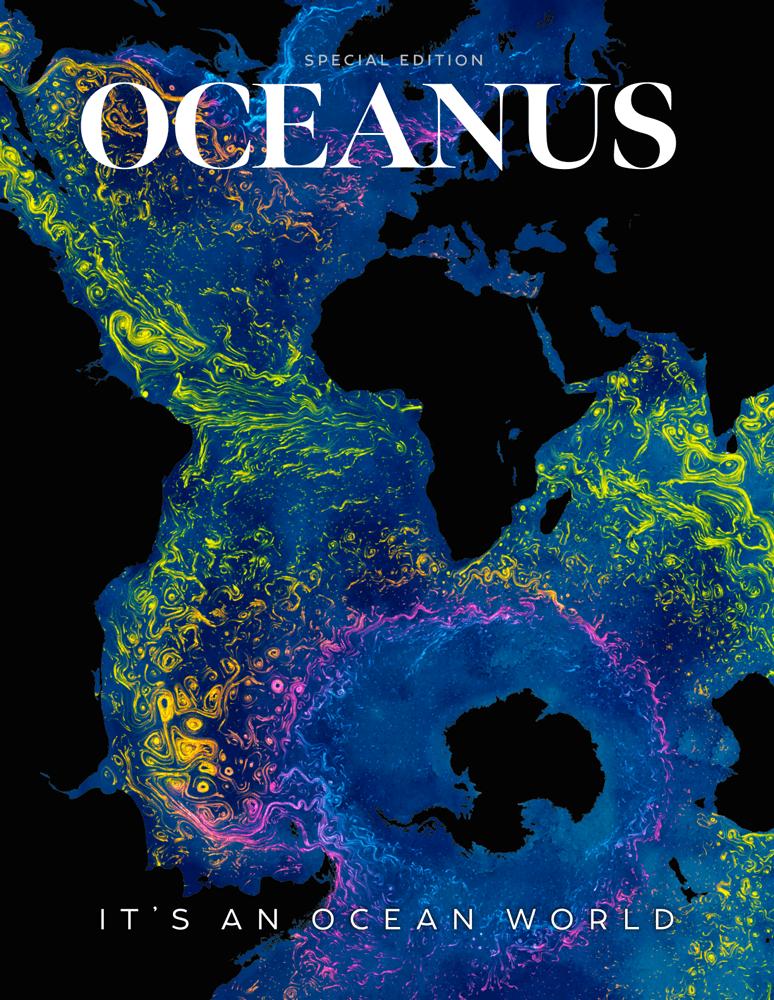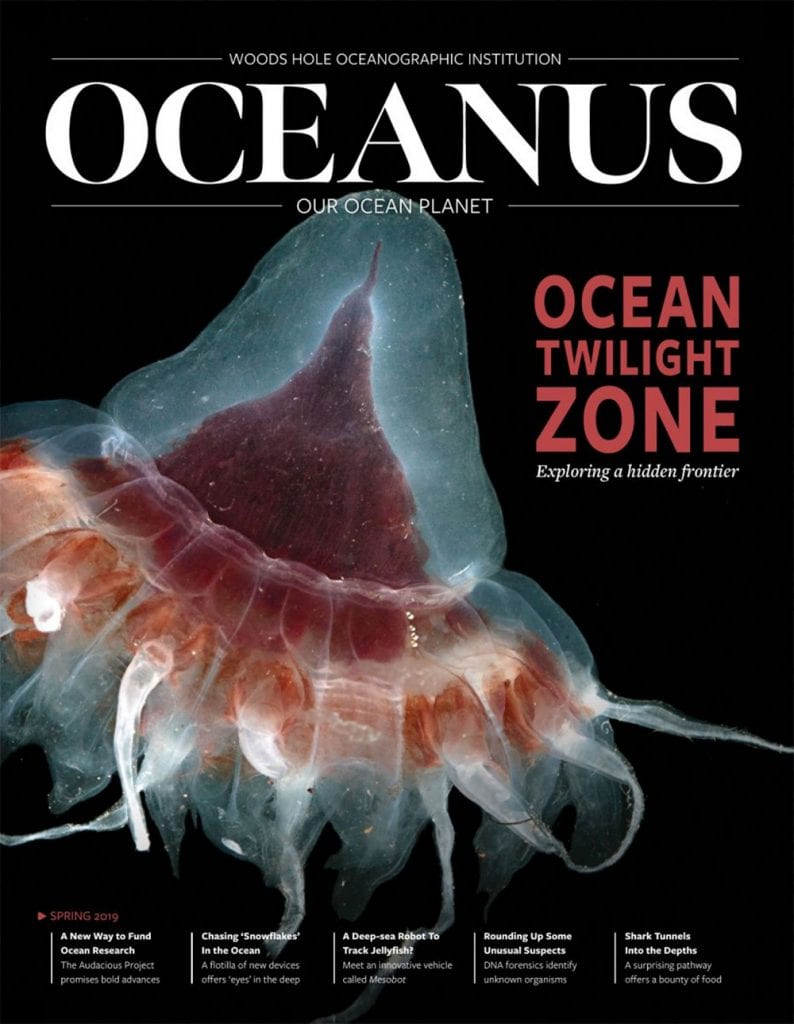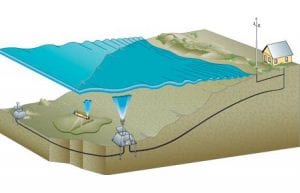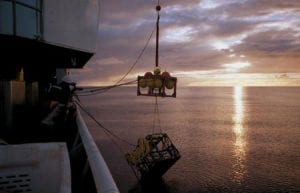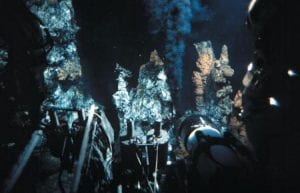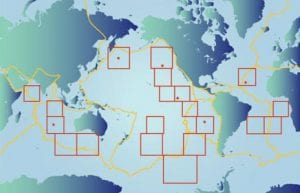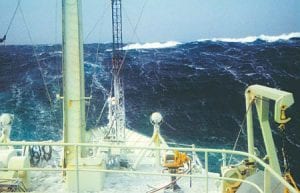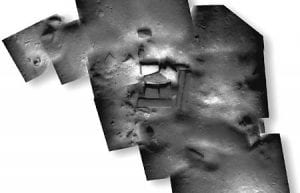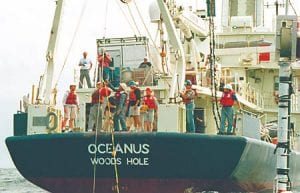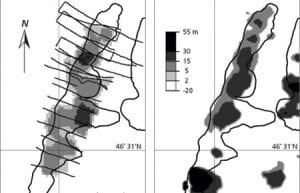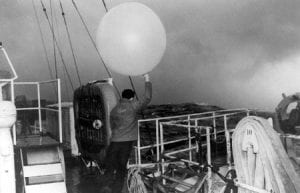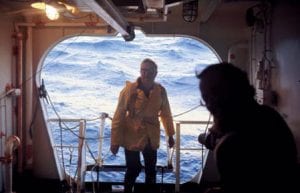Ocean Tech
New Coastal Observatory Is Born
The Martha's Vineyard Observatory will have sensors mounted on two seafloor nodes, at depths of…
Putting H2O in the Ocean
A major obstacle impeding our ability to understand many of the earth's fundamental, ongoing dynamics--quite…
ALISS in Wonderland
In 1985, Cindy Van Dover, then a graduate student in biology in the MIT/WHOI Joint…
Ocean Seismic Network Seafloor Observatories
Our knowledge of the physical characteristics of Earth’s deep interior is based largely on observations…
A New Way to Catch the Rain
The carbon budget of the upper ocean includes an important loss to the deep ocean…
Replacing the Fleet
When R/V Atlantis arrived in Woods Hole for the first time on a bright, beautiful…
WHOI and Access to the Sea
In the mid-term future, two WHOI ships (Knorr in about 2006 and Oceanus in about…
A Northern Winter
As the 1996-1997 ship schedule began to take shape in 1995, we learned that Voyage…
“What a Year!”
Four technologies that have been developing separately for some time were brought together this year…
Access to the Sea
Oceanographic fieldwork has traditionally meant going to sea on a ship. In recent years, it…
The Magnetic Thickness of a Recent Submarine Lava Flow
Submarine lava flows and their associated narrow feeder conduits known as dikes constitute the basic…
Alpha, Bravo, Charlie…
The ocean weather station idea originated in the early days of radio communications and trans-oceanic…
The Bermuda Station SA Long-Running Oceanographic Show
A time series of hydrographic measurements was initiated at Bermuda in 1954 and continues to…
